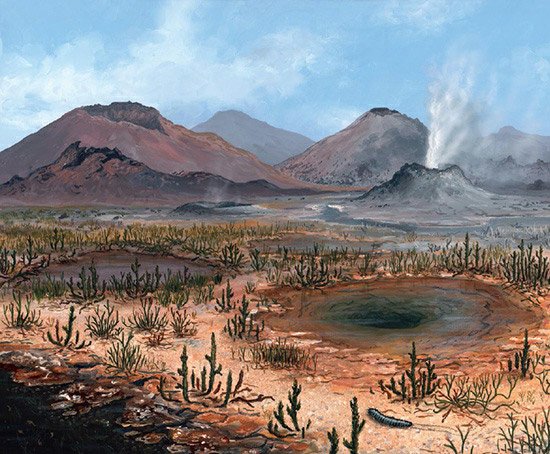Mass extinctions have significantly shaped life on Earth, with the fossil record indicating at least five major events. One of the earliest and most devastating was the End Ordovician mass extinction, occurring around 450 million years ago. This event led to the extinction of 70-85% of all species, primarily affecting marine life such as brachiopods, bryozoans, conodonts, and trilobites.
The severity of this mass extinction varied based on the habitat of the organisms. Species living in shallow waters or near the ocean’s surface were more vulnerable compared to those in deeper waters. While the exact cause remains uncertain, evidence suggests a climatic origin, possibly due to significant changes in temperature or sunlight, potentially triggered by events like large-scale impacts, volcanic eruptions, or severe cooling and glaciation. The possibility of a nearby supernova causing a burst of gamma rays is another hypothesis.
This mass extinction event, second only in scale to the Great Dying at the end of the Permian period, underlines the fragility of life in the face of global climatic shifts. It serves as a stark reminder of the profound impacts such events can have on biodiversity.

